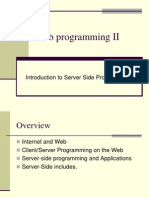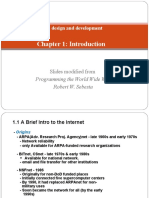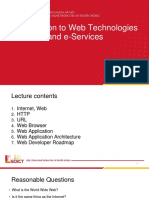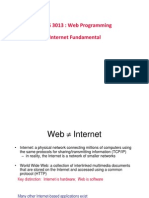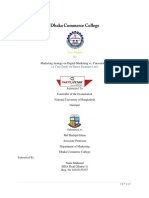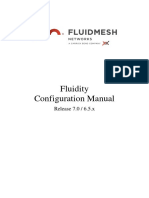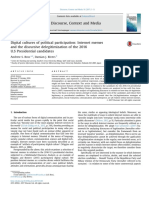100% found this document useful (1 vote)
123 views15 pages1.1 Client Server Architecture
The document discusses client-server architecture and its use on the internet and web. It describes how the internet began with ARPANET using TCP/IP and supported early client-server apps using sockets. Tim Berners-Lee later proposed the world wide web, using URLs, HTML, and HTTP to transform the internet into a content distribution network. Websites use a three-tier architecture with clients, web servers, and databases separated into independent tiers for modularity and flexibility.
Uploaded by
jesus llumpoCopyright
© © All Rights Reserved
We take content rights seriously. If you suspect this is your content, claim it here.
Available Formats
Download as PDF, TXT or read online on Scribd
100% found this document useful (1 vote)
123 views15 pages1.1 Client Server Architecture
The document discusses client-server architecture and its use on the internet and web. It describes how the internet began with ARPANET using TCP/IP and supported early client-server apps using sockets. Tim Berners-Lee later proposed the world wide web, using URLs, HTML, and HTTP to transform the internet into a content distribution network. Websites use a three-tier architecture with clients, web servers, and databases separated into independent tiers for modularity and flexibility.
Uploaded by
jesus llumpoCopyright
© © All Rights Reserved
We take content rights seriously. If you suspect this is your content, claim it here.
Available Formats
Download as PDF, TXT or read online on Scribd
/ 15

